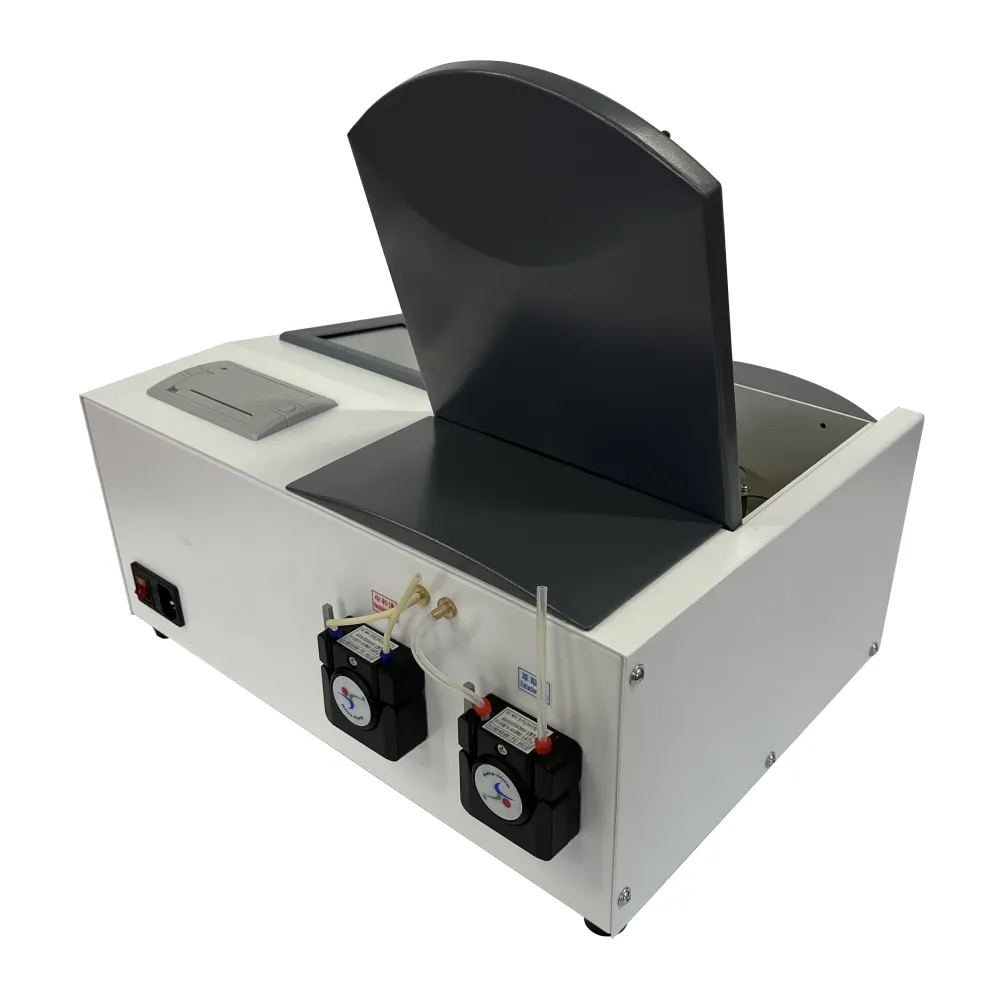 English
English


Understanding the Importance of Dielectric Strength in Ensuring Transformer Oil Performance and Safety
Understanding the Dielectric Strength of Transformer Oil
Transformer oil plays a crucial role in the functionality and longevity of electrical transformers. It serves not only as an insulator but also as a coolant, dissipating heat generated during the operation of the transformer. One of the most critical properties of transformer oil is its dielectric strength, which indicates its ability to withstand electric stress without breaking down.
What is Dielectric Strength?
Dielectric strength is defined as the maximum electric field that a material can withstand without experiencing failure or electric breakdown. It is typically measured in kilovolts per millimeter (kV/mm). For transformer oil, a higher dielectric strength means better insulation properties and, consequently, enhanced safety and efficiency of the transformer. A breakdown in insulation can lead to catastrophic failures, resulting in costly repairs, downtime, and increased risk of accidents.
Factors Affecting Dielectric Strength
Several factors affect the dielectric strength of transformer oil. These include the oil's chemical composition, moisture content, temperature, and the presence of dissolved gases or contaminants. For instance, water is a significant contaminant that can reduce the dielectric strength of transformer oil dramatically. Even minimal levels of moisture can lead to a breakdown at lower voltages than would normally be expected.
Temperature plays a dual role in affecting dielectric strength. As the temperature increases, the viscosity of the oil decreases, allowing for better flow and heat dissipation. However, excessive temperatures can also facilitate the breakdown of the oil's constituents, leading to reduced dielectric strength.
Importance of Regular Testing
dielectric strength of transformer oil should be

Given the critical role of dielectric strength in ensuring the reliability and safety of transformers, it is essential to regularly test transformer oil. Standard procedures for testing include the ASTM D877 method, which measures the breakdown voltage under specified conditions. Results from these tests enable maintenance teams to assess the oil's condition, identify potential issues, and determine if rejuvenation or replacement is necessary.
Regular testing can alert operators to changes in the oil's condition before they reach critical levels. Maintaining a dielectric strength above a certain threshold—typically above 30 kV—is crucial for optimal transformer operation. If the dielectric strength falls below this minimum, immediate action is necessary to avoid transformer failure.
Contamination and Maintenance
To maintain optimal dielectric strength, keeping transformer oil free from contaminants is essential. This includes moisture, particulates, and chemical contaminants. Regular maintenance protocols, including filtration systems and oil regeneration processes, are vital in prolonging the life of the transformer and maintaining its operational efficiency.
Additionally, advancements in technology have led to the development of additives and treatments specifically designed to enhance the dielectric properties of transformer oil. These can help in improving overall performance and extending service intervals between oil changes.
Conclusion
The dielectric strength of transformer oil is a fundamental aspect of transformer reliability, efficiency, and safety. Understanding its importance and the factors that influence it can help ensure the longevity of transformers used in electrical systems. Regular testing and maintenance not only contribute to the optimal functioning of transformers but also help prevent costly failures and improve overall energy reliability. As the demand for electricity continues to grow, maintaining the integrity of transformer oil and its dielectric strength will remain a top priority for electrical engineers and maintenance teams worldwide.
-
Differences between open cup flash point tester and closed cup flash point testerNewsOct.31,2024
-
The Reliable Load Tap ChangerNewsOct.23,2024
-
The Essential Guide to Hipot TestersNewsOct.23,2024
-
The Digital Insulation TesterNewsOct.23,2024
-
The Best Earth Loop Impedance Tester for SaleNewsOct.23,2024
-
Tan Delta Tester--The Essential Tool for Electrical Insulation TestingNewsOct.23,2024





